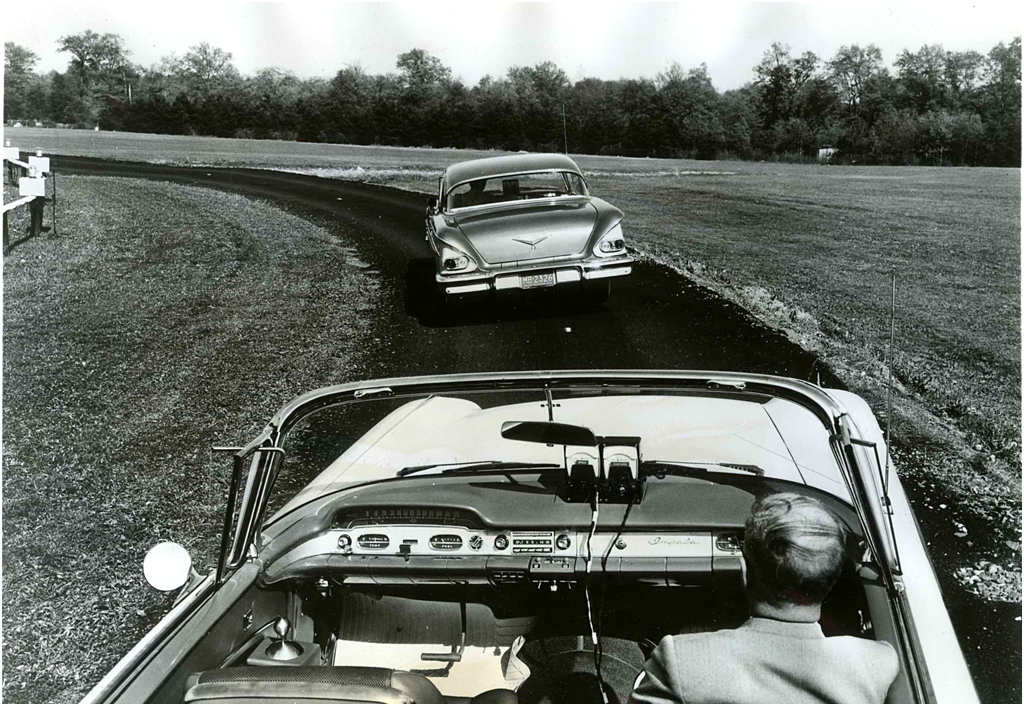As driverless capacity is integrated into cars, the growing levels of the technological efficacy will evoke a variety of behaviors in the drivers who are gradually surrendering the wheel. One person studying the human aspect of the shift is Jeff Blecher of Agero, which has partnered with MIT to analyze the transition. From Jim Henry’s Forbes interview with Blecher:
Forbes:
What are the driver behavior issues?
Jeff Blecher:
Those sorts of systems, we’re going to see some unintended consequences. How are drivers going to behave? … If they know they can rely on these systems, will they be more apt to become drowsy? More apt to do other things while they’re driving? Will they start to trust the technology almost “too” much?
… You’re going to have two separate risk profiles now. One, there’s the risk profile of the driver driving the car. Two, there’s the car driving the car, in that semi-autonomous mode.
How often is the driver driving, and how often is the vehicle driving? Historically, when an insurance company offered a discount, it was based on what the car is equipped with – antilock brakes, how many air bags, a collision mitigating braking system, adaptive cruise control with lane-centering. Now the question also becomes, how often are those technologies used?
Forbes:
Is it too soon to say if these technologies result in a discount, like for having antilock brakes, or a car alarm?
Jeff Blecher:
It’s really too soon. We’re just getting to point where we’re getting some small samples of data.
If you think about the profitability of the insurance business, as cars get safer, the rate of claims goes down for a while before the premiums decline, until the companies get competitive, until they get comfortable with the level of claims and can reduce premiums.
We will start to see premiums come down for some of these technologies in the near future.•
Tags: Jeff Blecher, JIm Henry

